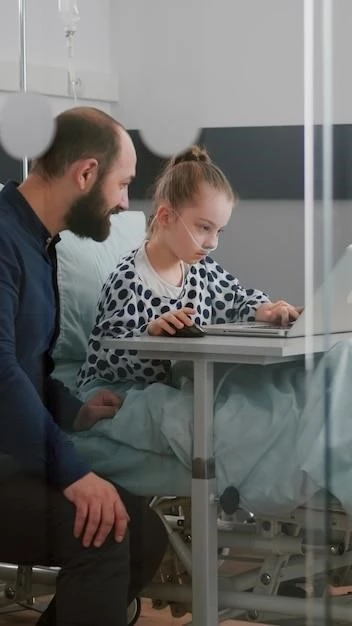Rare Congenital Disorders
Amelia Syndrome, Cleft Lip and Palate, Hydrocephalus, Iris Coloboma, Facial Abnormalities, Neurodevelopmental Conditions, and Genetic Syndromes are some of the rare congenital disorders that will be discussed in this article.
I. Introduction
Welcome to this comprehensive exploration of rare congenital disorders. In this article, we delve into the unique characteristics and implications of conditions such as Amelia Syndrome, Cleft Lip and Palate, Hydrocephalus, Iris Coloboma, and various other rare congenital disorders. These conditions encompass a range of facial abnormalities, neurodevelopmental challenges, and genetic syndromes that impact individuals from birth. By understanding these disorders, we aim to increase awareness, foster empathy, and encourage advancements in medical research and care for those affected by these complex conditions.
II. Overview of Amelia Syndrome
Amelia Syndrome, also known as meromelia, is a rare congenital disorder characterized by the partial or complete absence of one or more limbs at birth. This condition can affect upper limbs, lower limbs, or both, leading to significant physical challenges for affected individuals. The etiology of Amelia Syndrome is multifactorial, with genetic, environmental, and developmental factors playing a role in its manifestation. Diagnosis is typically made through clinical evaluation, imaging studies, and genetic testing to determine the underlying cause. Management of Amelia Syndrome involves a multidisciplinary approach, including surgical interventions, physical therapy, and assistive devices to enhance mobility and functional independence. Despite the complex nature of this condition, ongoing research and advancements in medical technology offer hope for improved outcomes and quality of life for individuals with Amelia Syndrome.
III. Cleft Lip and Palate

Cleft lip and cleft palate are common congenital deformities that result from incomplete fusion of the lip or palate during fetal development. These conditions can occur separately or together, leading to a visible gap in the lip and/or palate. Cleft lip and palate can impact a child’s feeding, speech, dental development, and overall quality of life. Treatment typically involves surgical repair, often performed in stages to address both aesthetic and functional aspects of the condition. Multidisciplinary care teams, including surgeons, speech therapists, dentists, and psychologists, work together to provide comprehensive care and support for individuals born with cleft lip and palate. Early intervention and ongoing monitoring are essential to address the physical, speech, and psychological needs of individuals with cleft lip and palate, promoting optimal development and well-being.
IV. Other Rare Congenital Disorders
Aside from the discussed conditions, there are various other rare congenital disorders that present unique challenges and complexities. These include but are not limited to Hydrocephalus, Iris Coloboma, Facial Abnormalities, Neurodevelopmental Conditions, and Genetic Syndromes. Hydrocephalus is characterized by an abnormal accumulation of cerebrospinal fluid in the brain, leading to increased intracranial pressure. Iris Coloboma involves a malformation of the eye that affects the iris. Facial abnormalities encompass a range of conditions affecting the structure and appearance of the face, while neurodevelopmental conditions pertain to disorders that impact the brain’s growth and development. Genetic syndromes involve inherited genetic abnormalities that can manifest in various ways. Understanding and addressing these rare congenital disorders require a multidisciplinary approach involving medical professionals, researchers, and support networks dedicated to improving outcomes and quality of life for affected individuals.
V. Conclusion
In conclusion, the realm of rare congenital disorders, including Amelia Syndrome, Cleft Lip and Palate, Hydrocephalus, Iris Coloboma, Facial Abnormalities, Neurodevelopmental Conditions, and Genetic Syndromes, presents a diverse landscape of challenges and considerations. These conditions not only impact the physical health and well-being of affected individuals but also pose emotional and social implications. By shedding light on these disorders, we aim to raise awareness, promote research efforts, and enhance the delivery of care and support for those navigating these complex conditions. Through continued collaboration among healthcare providers, researchers, families, and advocacy groups, we strive to advance knowledge, improve outcomes, and ultimately empower individuals with rare congenital disorders to lead fulfilling lives despite the challenges they may face.
